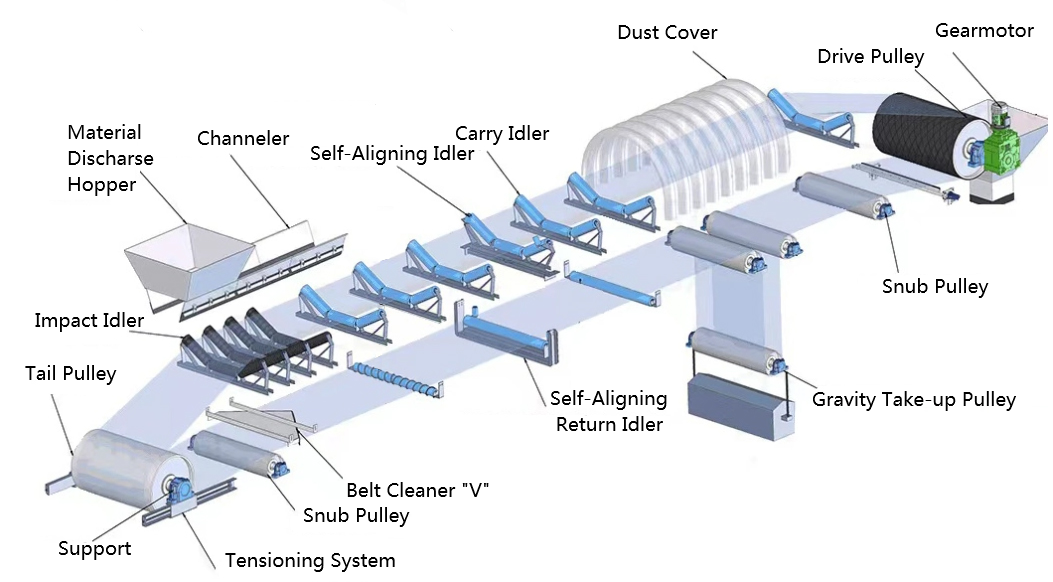 Afrikaans
Afrikaans  Albanian
Albanian  Amharic
Amharic  Arabic
Arabic  Armenian
Armenian  Azerbaijani
Azerbaijani  Basque
Basque  Belarusian
Belarusian  Bengali
Bengali  Bosnian
Bosnian  Bulgarian
Bulgarian  Catalan
Catalan  Cebuano
Cebuano  Corsican
Corsican  Croatian
Croatian  Czech
Czech  Danish
Danish  Dutch
Dutch  English
English  Esperanto
Esperanto  Estonian
Estonian  Finnish
Finnish  French
French  Frisian
Frisian  Galician
Galician  Georgian
Georgian  German
German  Greek
Greek  Gujarati
Gujarati  Haitian Creole
Haitian Creole  hausa
hausa  hawaiian
hawaiian  Hebrew
Hebrew  Hindi
Hindi  Miao
Miao  Hungarian
Hungarian  Icelandic
Icelandic  igbo
igbo  Indonesian
Indonesian  irish
irish  Italian
Italian  Japanese
Japanese  Javanese
Javanese  Kannada
Kannada  kazakh
kazakh  Khmer
Khmer  Rwandese
Rwandese  Korean
Korean  Kurdish
Kurdish  Kyrgyz
Kyrgyz  Lao
Lao  Latin
Latin  Latvian
Latvian  Lithuanian
Lithuanian  Luxembourgish
Luxembourgish  Macedonian
Macedonian  Malgashi
Malgashi  Malay
Malay  Malayalam
Malayalam  Maltese
Maltese  Maori
Maori  Marathi
Marathi  Mongolian
Mongolian  Myanmar
Myanmar  Nepali
Nepali  Norwegian
Norwegian  Norwegian
Norwegian  Occitan
Occitan  Pashto
Pashto  Persian
Persian  Polish
Polish  Portuguese
Portuguese  Punjabi
Punjabi  Romanian
Romanian  Russian
Russian  Samoan
Samoan  Scottish Gaelic
Scottish Gaelic  Serbian
Serbian  Sesotho
Sesotho  Shona
Shona  Sindhi
Sindhi  Sinhala
Sinhala  Slovak
Slovak  Slovenian
Slovenian  Somali
Somali  Spanish
Spanish  Sundanese
Sundanese  Swahili
Swahili  Swedish
Swedish  Tagalog
Tagalog  Tajik
Tajik  Tamil
Tamil  Tatar
Tatar  Telugu
Telugu  Thai
Thai  Turkish
Turkish  Turkmen
Turkmen  Ukrainian
Ukrainian  Urdu
Urdu  Uighur
Uighur  Uzbek
Uzbek  Vietnamese
Vietnamese  Welsh
Welsh  Bantu
Bantu  Yiddish
Yiddish  Yoruba
Yoruba  Zulu
Zulu head pulley tail pulley for belt conveyor
Head and Tail Pulley for Belt Conveyors An Overview
Belt conveyors are essential equipment in various industries, serving as a reliable means for transporting materials efficiently from one point to another. Among the crucial components of a belt conveyor system are the head pulley and tail pulley. Understanding their roles, functions, and maintenance is vital for ensuring optimal performance and longevity of the conveyor system.
What are Pulley Components?
Belt conveyors consist of a continuous belt that loops around two or more pulleys. The head pulley, located at the discharge end of the conveyor, is the driving force that propels the belt forward, enabling material transport. It is connected to a drive motor, which can be either electric or hydraulic, depending on the application. The tail pulley, on the other hand, is situated at the loading end of the conveyor and plays a crucial role in returning the belt back to its initial position.
Functions of the Head Pulley
The head pulley is integral to the operation of a belt conveyor. Its primary function is to drive the belt. As the drive motor turns the head pulley, it creates friction against the belt, causing it to move. This movement allows materials to be transported from the loading area to the unloading area. Additionally, the head pulley can often incorporate a discharge system that aids in the controlled release of materials.
Another important function of the head pulley is to provide tension to the belt. Proper tension is necessary for maintaining the belt's integrity and preventing slippage. Without adequate tension, the belt may not move properly, leading to inefficient operation and potential damage.
Roles of the Tail Pulley
head pulley tail pulley for belt conveyor

The tail pulley, while not involved in driving the belt, is equally important. It is responsible for supporting the weight of the belt and the materials being carried, ensuring that the entire system operates smoothly. The tail pulley also serves to guide the return path of the belt, allowing it to loop back to the head pulley without any misalignment.
One significant advantage of the tail pulley is that it can help in the collection of materials that might fall off during the transport process. By positioning the tail pulley low, any spillage can be minimized, helping maintain a clean work environment.
Maintenance Considerations
Like any machinery, the head and tail pulleys require regular maintenance to function effectively. Inspection of the pulleys should be performed regularly to check for signs of wear, misalignment, or damage. One common maintenance task is to ensure that the bearings of the pulleys are well-lubricated to prevent overheating and premature failure.
Belt tension should also be monitored. If the belt is too loose, it can cause slippage, while a belt that is too tight can lead to undue stress on the pulleys and motor, resulting in potential failures. Regularly checking and adjusting the tension maintains a balance that promotes efficiency.
Additionally, environmental factors such as material types, dust, and moisture can impact pulley performance. Keeping the pulleys clean from debris and ensuring that the conveyor system is protected from harsh weather can prolong their lifespan.
Conclusion
The head and tail pulleys are crucial components of a belt conveyor system, each serving unique but complementary functions. The head pulley drives the belt and maintains tension, while the tail pulley supports the return path and minimizes spillage. Regular maintenance of these components is essential for ensuring efficient operation and extending the lifespan of the conveyor system. By understanding the roles and importance of head and tail pulleys, operators can better manage their conveyor systems, leading to improved productivity and reduced downtime in industrial processes.
-
Revolutionizing Conveyor Reliability with Advanced Rubber Lagging PulleysNewsJul.22,2025
-
Powering Precision and Durability with Expert Manufacturers of Conveyor ComponentsNewsJul.22,2025
-
Optimizing Conveyor Systems with Advanced Conveyor AccessoriesNewsJul.22,2025
-
Maximize Conveyor Efficiency with Quality Conveyor Idler PulleysNewsJul.22,2025
-
Future-Proof Your Conveyor System with High-Performance Polyurethane RollerNewsJul.22,2025
-
Driving Efficiency Forward with Quality Idlers and RollersNewsJul.22,2025





























